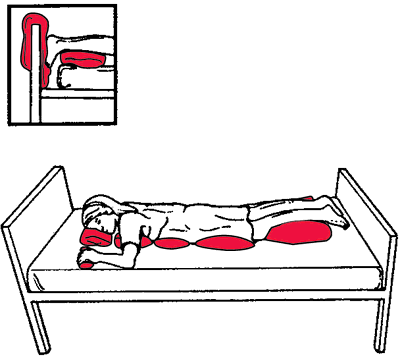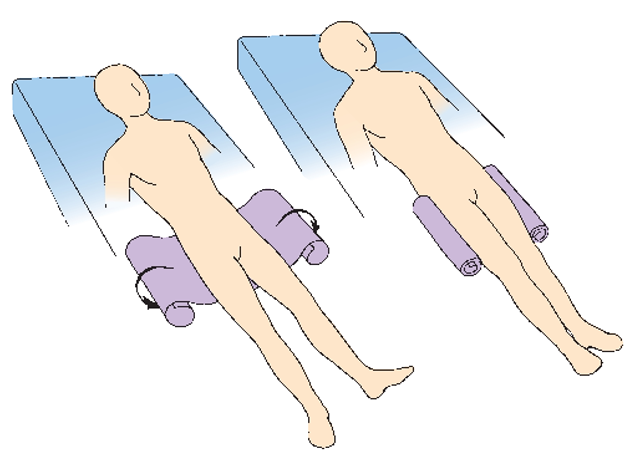

Seattle Heart Failure Model (SHFM) prognostic power, a validated risk score for predicting mortality in CHF, is improved by adding B-type natriuretic peptide (BNP). Hypertension frequently precedes HF and future studies should examine whether sustained hypertension compromises cerebral autoregulatory mechanisms to produce brain damage and exacerbate cognitive impairment in this population.Īn accurate prognosis prediction represents a key element in chronic heart failure (CHF) management. The current findings indicate that diagnostic history of hypertension is an important contributor to cognitive impairment in HF. HF patients with a diagnosed history of hypertension performed worse in these domains than those without such history. After adjustment for demographic and medical characteristics (i.e., cardiac index, medication status, and resting blood pressure), hypertension was independently associated with attention/executive function/psychomotor speed (Δ F(1,103) = 10.85, ΔR 2 = .07, p < .01) and motor functioning (Δ F(1,103) = 4.46, ΔR 2 = .04, p < .05). History of physician diagnosed hypertension, along with other medical characteristics, was ascertained through a review of participants' medical charts.Ħ9.8% of the HF patients had a diagnostic history of hypertension. Cognitive impairment is prevalent among HF patients, though the extent to which hypertension contributes to cognitive function in this population is unclear.ġ16 HF patients (31.0% women, 67.68 ± 11.16 years) completed neuropsychological testing and impedance cardiography. Hypertension is the most common comorbidity among heart failure (HF) patients and has been independently linked with cognitive impairment. In a subgroup of patients, sublingual administration of nitrates significantly improved both respiratory resistance and reactance in the supine position. Orthopnea severity correlated mostly with reactance in the supine position. Patients with ALVF demonstrated a restrictive spirometric pattern and decreased respiratory reactance, both of which worsened in the supine position. Our main findings were as follows: 1) Patients with acute LVF had a restrictive spirometric pattern that worsened in the supine position, except for IC, which increased 2) most of the spirometric parameters were reduced in healthy subjects in the supine position but remained within normal limits 3) respiratory reactance (Xrs5) Conclusions To our current knowledge, this is the first study to assess respiratory mechanics in the supine position by IOS in ALVF before and after nitrates administration.

64), forced expiratory volume in 1 Discussion Among patients with CHF, ex-smokers and never smokers demonstrated comparable forced vital capacity (FVC) ( P =. The ratio of male to female was the same in both groups. 007) than those with CHF, the body mass index, which influences both lung volumes and IOS values, was comparable. Although the healthy subjects were younger ( P =. Table 1 shows the anthropometric characteristics and baseline (sitting position) spirometric data of the CHF and control groups. We used the end-diastolic diameter of the left atrium (>4 cm in the Results Inclusion criteria were medical history of heart failure, compatible clinical symptoms and signs, radiographic evidence of pulmonary edema, and transthoracic echocardiography showing left ventricular (LV) dysfunction. During a 2-year period (2005-2006), we studied 40 consecutive patients (32 male, mean age 70 ± 8 years) with ALVF who were hospitalized in the pulmonary department of Papanikolaou Hospital.


 0 kommentar(er)
0 kommentar(er)
